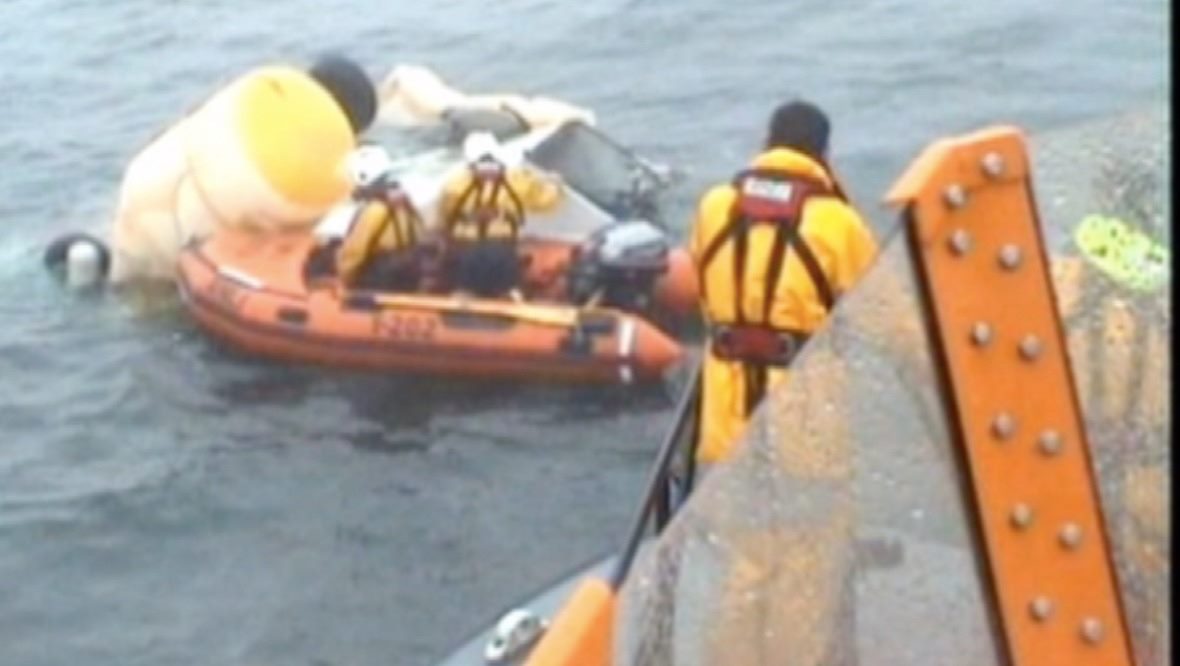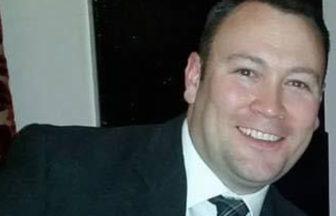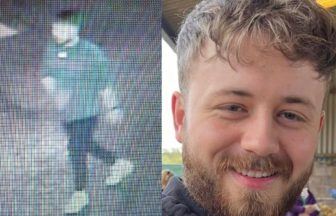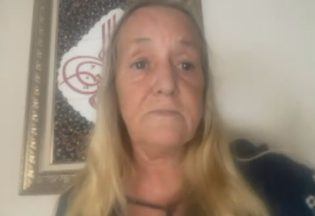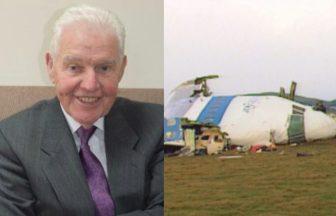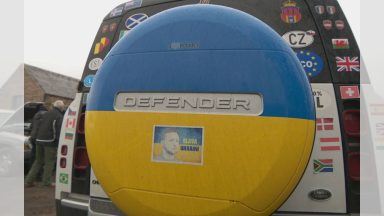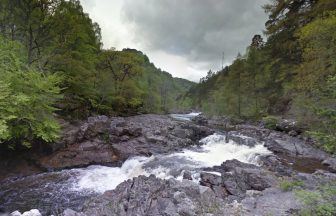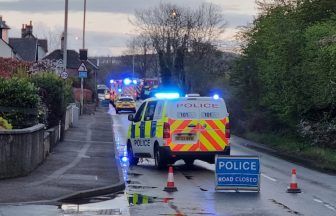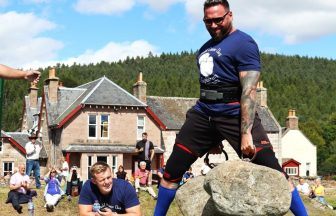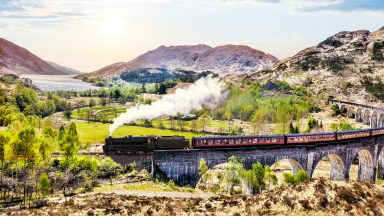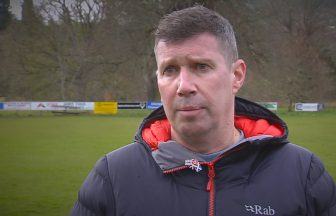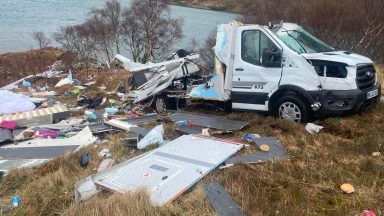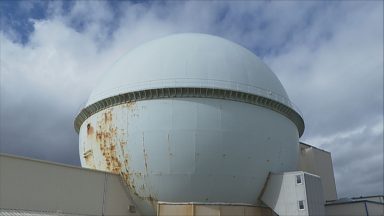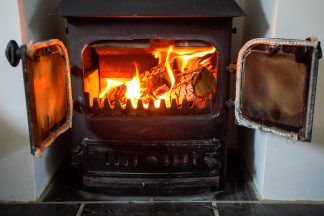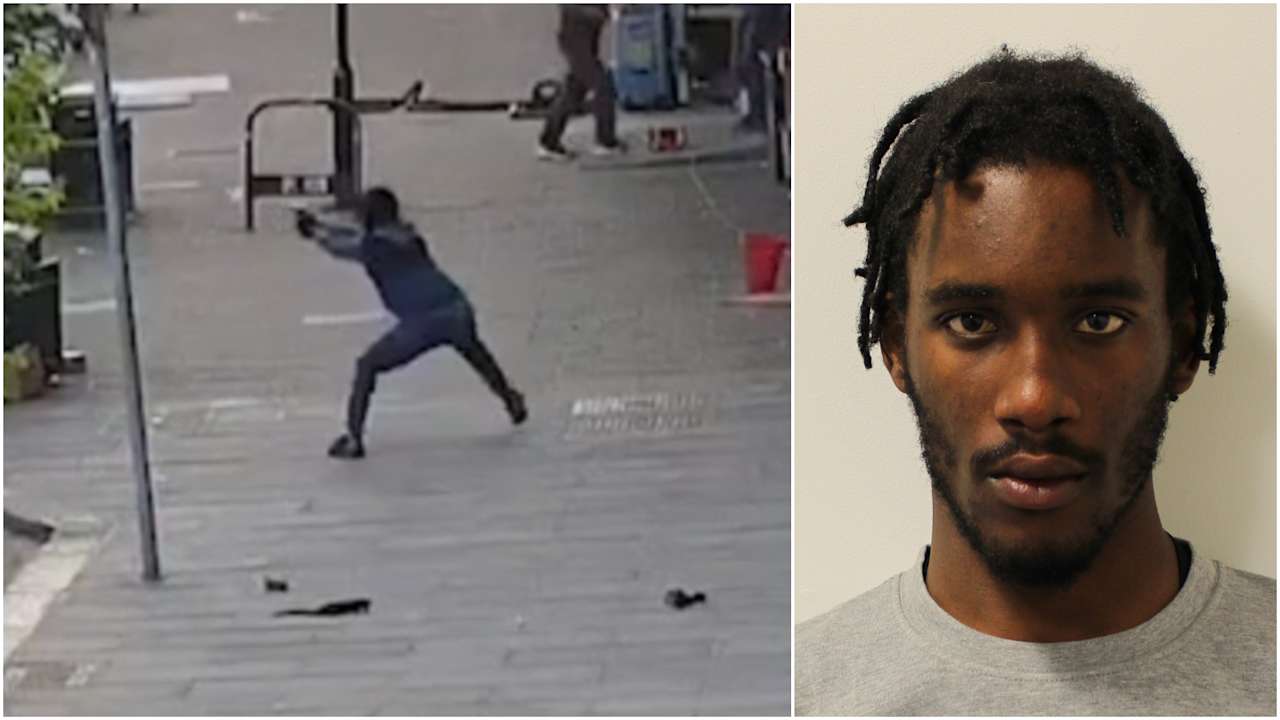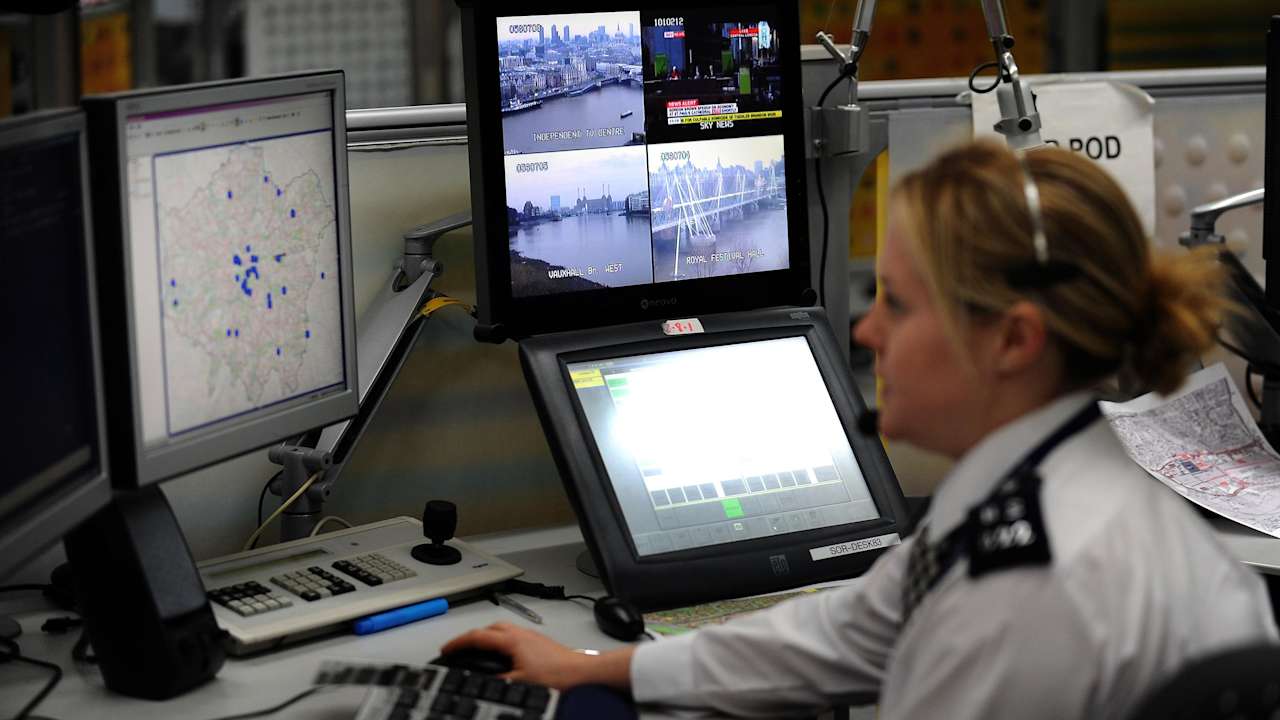A helicopter that ditched in the sea with the loss of four lives might not have crashed if all the available automation had been used, an inquiry has heard.
An Air Accidents Investigation Branch (AAIB) inspector told a fatal accident inquiry (FAI) “we wouldn’t all be sitting here now” if a different mode of autopilot had been used.
Two crew and 12 passengers on the Super Puma L2 survived when it ditched on its approach to Sumburgh Airport, Shetland, at 6.17pm on August 23 2013.
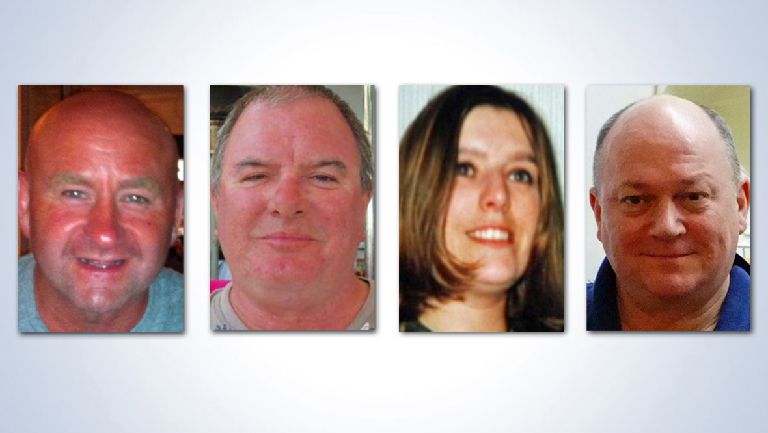 STV News
STV NewsBut Sarah Darnley, 45, from Elgin, Moray, Gary McCrossan, 59, from Inverness, Duncan Munro, 46, from Bishop Auckland, County Durham, and George Allison, 57, from Winchester, Hampshire, died.
The FAI heard the helicopter was being flown in three axes mode – which controls pitch, roll and yaw – as it approached Sumburgh.
However the full four axes autopilot, which also controls speed, was not being used.
The inquiry, being heard virtually due to coronavirus measures, heard the standard operating procedures (SOP) laid out by the helicopter’s operator CHC specified using three axes mode on the approach.
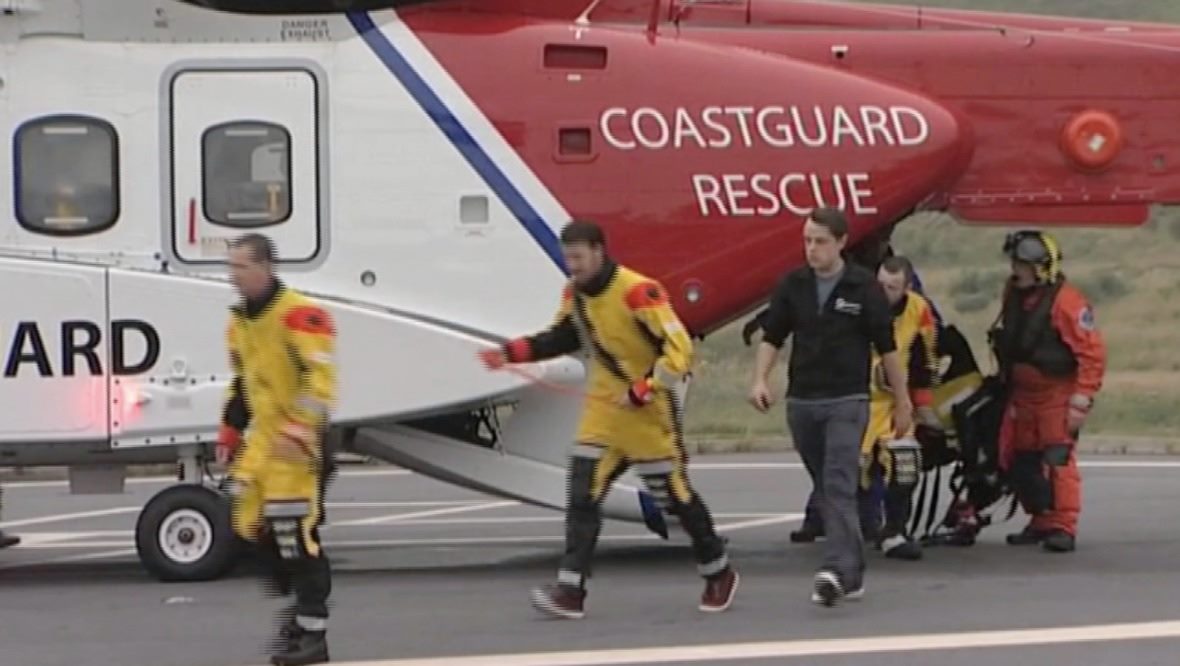
Alison Campbell, a senior inspector with the AAIB, told the FAI on Friday the helicopter was “perfectly entitled to fly in three axes” and that would not be regarded as bad practice.
However Ms Campbell, a qualified plane and helicopter pilot, said: “I think it would have been better for the aircraft to have used all the automation available to the crew, it would have helped them and reduced their workload.”
Martin Richardson QC, leading the inquiry for the Crown, asked: “What is the AAIB’s view as to the optimal use of automation in an approach of the kind that the helicopter was carrying out in the present case?”
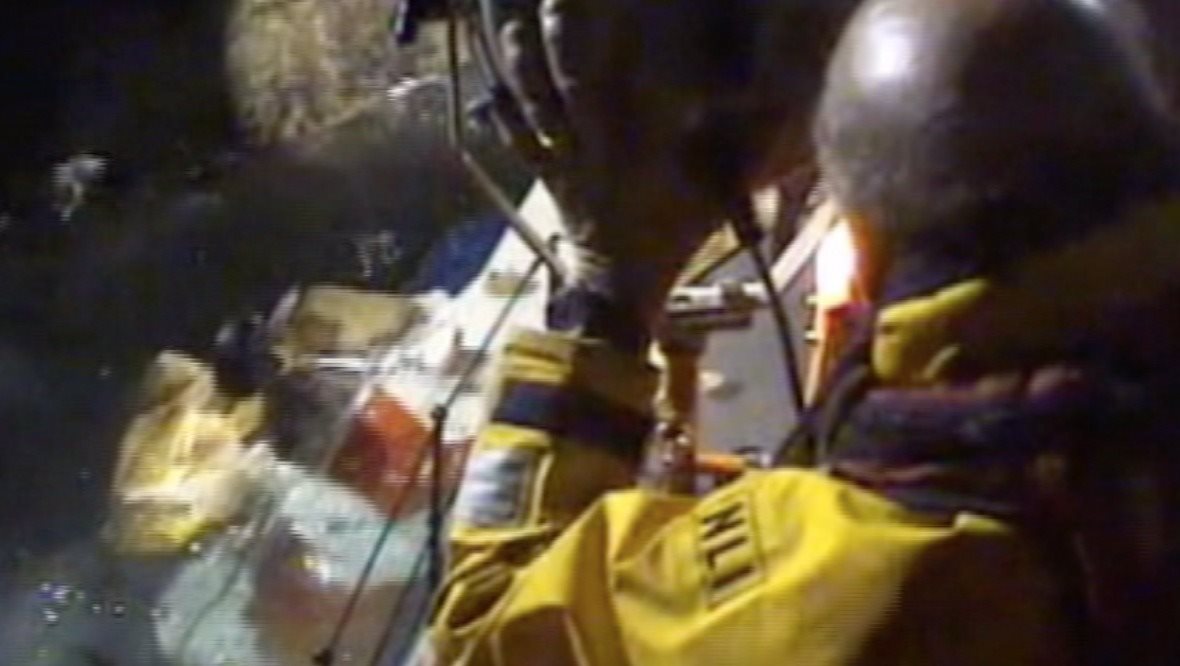
She replied: “I think the AAIB’s view is that had the crew had used four axes rather than three axes we wouldn’t all be sitting here now.”
Survivor Samuel Bull took his own life in London in 2017, which Sheriff Principal Derek Pyle, hearing the inquiry, said was “directly caused” by the crash.
An AAIB report published in 2016 found the pilots failed to properly monitor the flight instruments and failed to notice their speed was decreasing until it was too late to avoid the Super Puma plunging into the sea.
A statement of agreed evidence read at the start of the inquiry confirmed no mechanical fault was discovered with the helicopter, which was returning from the Borgsten Dolphin support vessel to Sumburgh Airport when it ditched.
The FAI continues.
Follow STV News on WhatsApp
Scan the QR code on your mobile device for all the latest news from around the country


